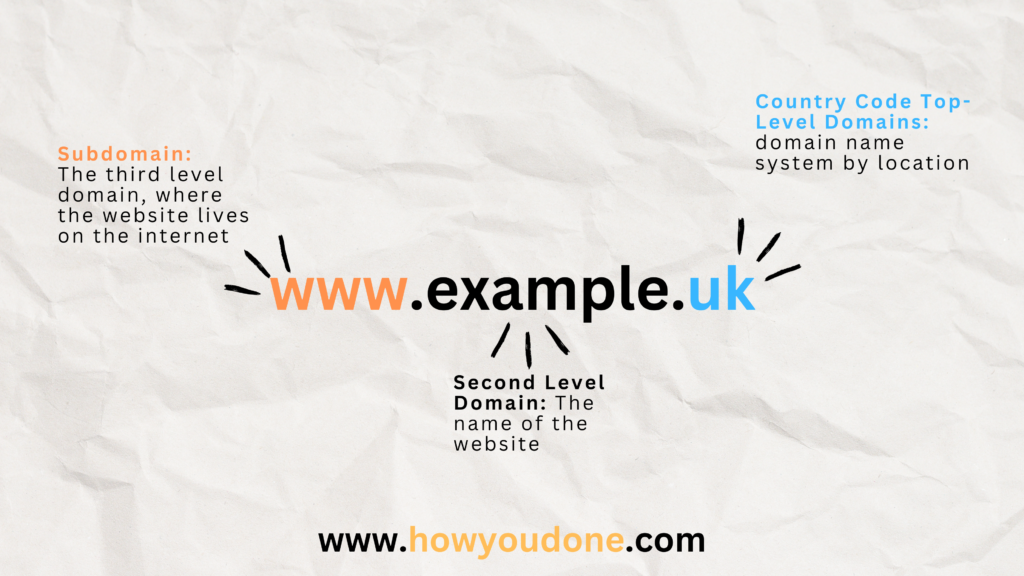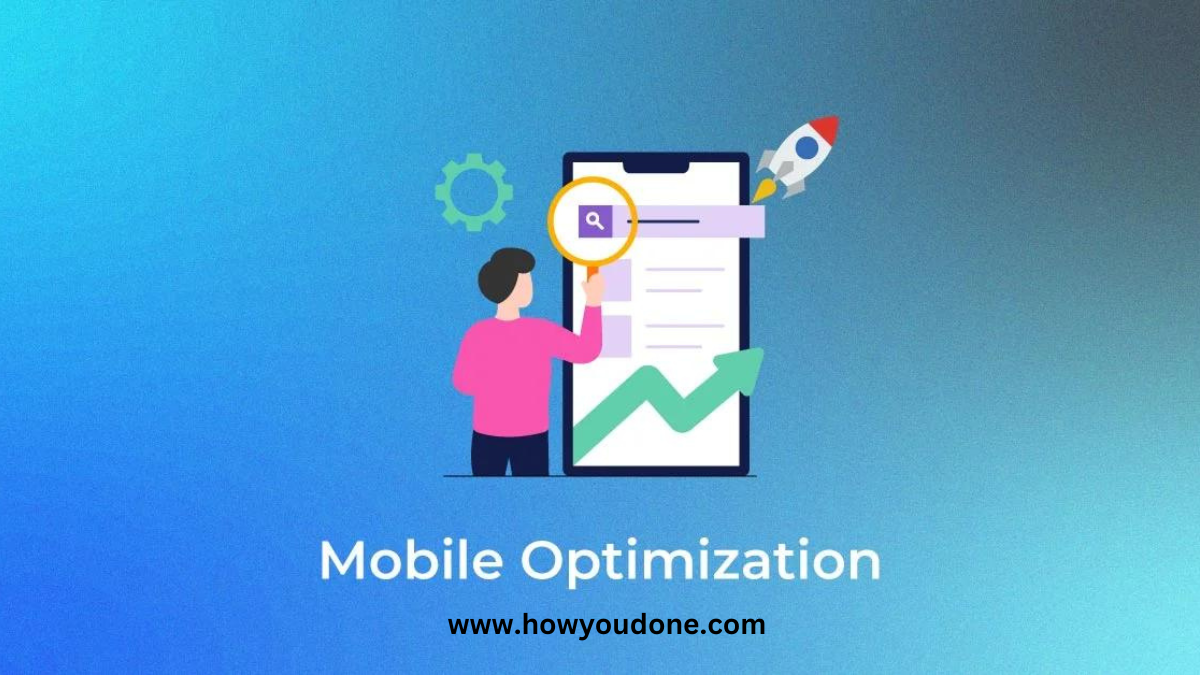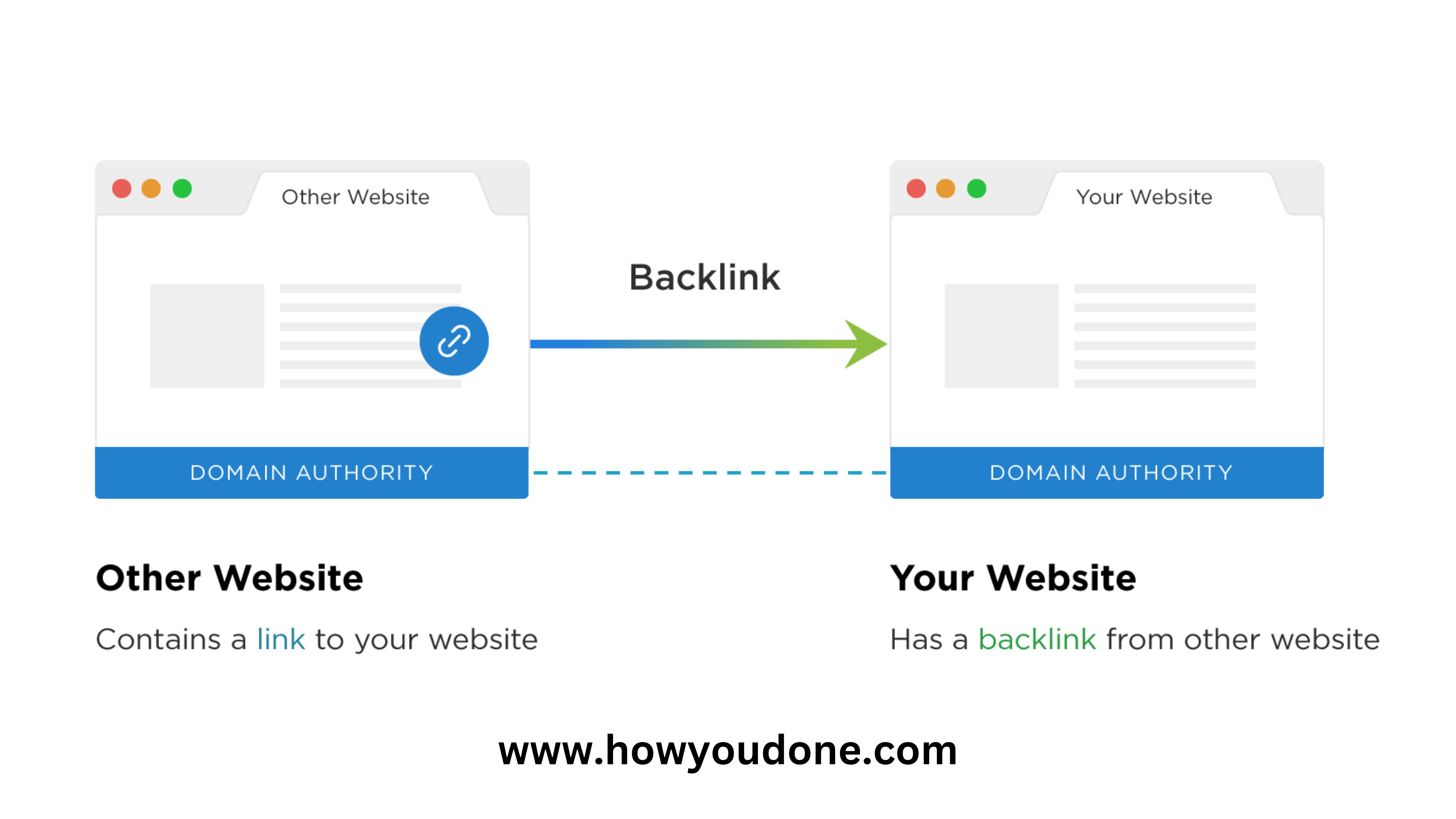To begin with, In the ever-evolving landscape of digital marketing, achieving global success necessitates a robust International SEO strategy. As businesses expand their online presence beyond borders, optimising for international audiences becomes imperative. This comprehensive guide delves into the intricacies of International SEO, offering insights, strategies, and examples to help businesses navigate the global digital terrain.
1. Understanding International SEO:
Definition and Importance:
Firstly, International SEO means making your website show up well on search engines in different countries and languages. It’s crucial because it helps you connect with people from all over the world, brings more visitors to your site, and lets you grow your business globally.
Reaching Diverse Audiences:
Furthermore, The internet lets you reach people with different backgrounds and languages. International SEO makes sure your content speaks to these various audiences, making it interesting and helpful for everyone.

Driving Traffic:
By optimizing your site for international search engines and tailoring content for specific regions, you can attract more visitors. However, When your site shows up in search results, more people click on it, leading to more traffic.
Increasing Global Market Share:
Notably, Having a strong presence in international search results not only makes your brand more recognized but also helps you grow in different markets worldwide. Similarly, This can give you an advantage over competitors and expand your business globally.
Key Components:
Multilingual Keywords:
Moreover, This means choosing words that people in different countries and regions are likely to use when searching online. By using these words, your website becomes more visible in searches and attracts a wider audience.
Example: If you want to reach French-speaking users, use keywords in French. For instance, if your business is about shoes, use terms like “chaussures” (shoes in French) in your content.

Hreflang Tags:
Additionally, These tags help search engines understand which language and location your content is meant for. It ensures that users are directed to the right version of your page, making their experience better.
Example: If your page has information in Spanish, you use a tag like `<link rel=”alternate” hreflang=”es” href=”https://example.com/es/page”/>`. This tells search engines that this page is in Spanish, so Spanish-speaking users will find it.
Country Code Top-Level Domains (ccTLDs):
In addition, This involves using specific domain extensions for each country. Similarly, It helps your site rank better in those countries and builds trust with local users who recognize familiar domain endings.

Example: If you want to target the United Kingdom, you can use a domain like www.example.co.uk. The “.uk” part shows that your site is meant for the UK audience.
Nevertheless, Using these simple strategies in your International SEO plan makes it easier for people worldwide to find and connect with your website. It’s like making sure your online home speaks the language of your visitors and feels familiar to them, no matter where they are.
2. Keyword Research for International Audiences:
Localization vs. Translation:
Localization:
To elaborate, Localization is like tailoring your content to fit in with the local vibe. It’s not just about changing words; it’s about understanding what people in a specific place like and making your content feel right for them. So, it’s like giving your website a cultural makeover.
Example: If you’re selling food, you might tweak your descriptions to match local tastes. To be more precise , In Japan, you might emphasize sushi, while in Italy, you’d highlight pasta. It’s about making your content feel at home wherever it’s being read.
Translation:
On the flip side, Translation is more straightforward; it’s turning your words into another language. But here’s the trick – it’s not just about the words. It’s about keeping the cultural flavor. You want your message to come across the same way it does in the original language, even if the words are different.
Example: If your website talks about “warm and cozy,” a literal translation might not capture that feeling. So, you’d choose words in the new language that evoke the same warmth and coziness.

Tools for Keyword Research:
Google Trends:
However, Google Trends is like a window into what people are searching for right now. It helps you see which words and topics are hot in different parts of the world. This way, you can use the most relevant keywords for your audience.
Example: If you’re selling gadgets and Google Trends shows a surge in searches for “smartphones” in Brazil, you’d know that’s a keyword to include in your content targeting Brazilian users.
SEMrush and Ahrefs:
On the other hand, These tools are like secret agents helping you spy on your competitors. They analyse what keywords your competitors are using, giving you insights into what works in various markets. It’s like peeking at their playbook to improve your game.
Example: Therefore, If you find out that a successful competitor in Germany is ranking high for “kitchen appliances,” you might want to incorporate that keyword into your strategy for the German market.
Nonetheless, Using these simple approaches and tools is like having a friendly guide helping you speak the local language and understand what people are searching for. It’s about making your website not just readable but relatable to audiences around the world.
3. Implementing Hreflang Tags:
Definition and Purpose:
Hreflang tags are like signposts that tell search engines which language and region your content is meant for. They are a way of communicating to search engines about the different language versions of a page.
Consequently, The main purpose of hreflang tags is to ensure that users searching in a specific language are directed to the most fitting version of your page. It’s like saying to search engines, “Hey, I have different versions of this content for different languages, so make sure to show the right one to the right user.”

Examples:
i. `<link rel=”alternate” hreflang=”en” href=”https://example.com/en/page”/>`
– This tag is telling search engines that there is an alternate (another) version of the page available in English. So, when a user’s language preference is English, the search engine knows to show them this particular English page.
ii. `<link rel=”alternate” hreflang=”es” href=”https://example.com/es/page”/>`
– In this example, the tag is saying there’s an alternate version in Spanish. So, if someone is searching in Spanish, the search engine understands to lead them to this specific Spanish page.
In simpler terms, hreflang tags are like digital guides that ensure users get to see your content in the language they prefer. It’s all about making the user experience smoother and more tailored, no matter where your audience is from.
4. Country Code Top-Level Domains (ccTLDs):
Benefits:
Builds Trust Among Local Audiences:
Having a country-specific domain extension builds trust with users in that country. When they see a familiar domain ending, like .uk for the United Kingdom, it signals that your website is relevant and tailored to their location. It’s like a friendly handshake, saying, “I’m from here, too!”
Enhances Local Search Engine Rankings:
Search engines often use the domain extension as a factor to determine the geographical relevance of a website. Having a ccTLD, like .fr for France, can boost your visibility in local search results. It’s like telling search engines, “I’m not just for the world; I’m specifically for this country.”
Examples:
.uk for the United Kingdom, .fr for France, .us for United States, .in for India, etc.:
To put it differently, These examples are like online flags indicating the country your website is targeting. If your domain is www.example.uk, people in the United Kingdom are more likely to trust that your content is meant for them. Similarly, www.sample.fr suggests a focus on a French audience. It’s a straightforward way of showing your online presence is rooted in a specific country.
In essence, using country code top-level domains is akin to putting a location sign on your digital storefront. It not only fosters trust but also improves your chances of being prominently featured in local search engine results.
5. Website Content Localization:
Cultural Considerations:
Adapting Imagery, Colors, and Content Tone:
This involves tailoring the visuals and overall feel of your website to match the preferences of the target culture. It’s like redecorating your online space to make visitors from that culture feel more at home. For example, if your website is targeting a market where certain colors hold special meaning, you might use those colors to create a connection.

Understanding Cultural Sensitivities:
In spite of this, Every culture has its own set of values and sensitivities. Being mindful of these helps in crafting content that doesn’t inadvertently offend or misunderstand. It’s like making sure your words and images are respectful and won’t cause any unintended harm.
User Experience (UX):
Ensuring a Seamless Experience:
Accordingly, User experience is all about making sure visitors can easily navigate and understand your website. However, When you localize for different regions, you’re essentially customizing the online journey for users in those areas. This includes everything from language choices to the way information is presented, making it a smooth and comfortable experience.
In simpler terms, website content localization is like making your online space feel like a welcoming and comfortable home for visitors from different cultures. It’s about speaking their visual language, being aware of sensitivities, and ensuring they can effortlessly explore your website.
6. Mobile Optimization for International Audiences:
Mobile-Friendly Design:
Responsive Design to Accommodate Different Devices:
To put it differently, Responsive design is like giving your website a wardrobe that fits every device. It ensures that whether someone is using a smartphone, tablet, or computer, your website adjusts itself to look good and work well on any screen size. It’s like having a website that wears the right outfit for every occasion.

Faster Loading Times for Mobile Users:
That being said, Mobile users are often on the go and want information quickly. So, having a website that loads fast on mobile devices is crucial. It’s like making sure your website is a speedy friend, always ready to provide the information users are looking for without making them wait.
Mobile-First Indexing:
Prioritizing Mobile Versions of Websites for Search Engine Indexing:
Search engines are now more focused on mobile versions of websites when deciding how to rank them. So, if your website is optimized for mobile, it’s like telling search engines, “Hey, I’m ready for the mobile world!” This improves your chances of showing up in search results, especially when people are searching on their phones.
In a nutshell, mobile optimization for international audiences is like making sure your website is a well-prepared and nimble traveler. It’s ready for any device, loads quickly, and stands out in the mobile-centric world of online exploration.
7. Technical SEO for International Websites:
Server Location:
Hosting Servers in the Target Country for Faster Loading Times:
It’s like having a local base for your website. When your hosting servers are in the same country as your target audience, it’s akin to setting up shop in their neighbourhood. This reduces the physical distance data needs to travel, resulting in faster loading times for users in that country.

Content Delivery Networks (CDNs) for Efficient Content Distribution:
CDNs are like magical messengers that carry your website’s content to users across the globe quickly. By using CDNs, you’re distributing your content across multiple servers worldwide, making sure it reaches users from different locations faster. It’s like having your own team of messengers delivering your website to users no matter where they are.
International URL Structures:
Subdirectories, Subdomains, or Separate Domains for Different Countries:
This is like deciding how to organize the different sections of your global business. You can either have everything under one main domain with different folders for each country (subdirectories), create separate parts of your site for each country (subdomains), or even have entirely different domains for each country. It’s like choosing the right filing system to keep everything organized and accessible.
In simpler terms, technical SEO for international websites is like setting up the backstage of a global performance. You’re making sure everything runs smoothly, loads fast, and is organized in a way that makes sense for users from different corners of the world.
8. International Backlink Strategies:
Building Localized Backlinks:
Collaborating with Local Influencers and Businesses:
It’s like teaming up with friends who know the local scene. By collaborating with influencers and businesses in your target country, you’re not just getting backlinks; you’re getting recommendations from people who locals trust. It’s like having a local guide vouch for your website.

Participating in Local Events and Sponsorships:
Furthermore, Think of it as joining the community. By being part of local events and sponsoring activities, you’re not just promoting your website; you’re becoming a recognizable name in the community. It’s like being a good neighbor – people are more likely to link to a website they know and appreciate.
Monitoring Backlink Quality:
Regularly Auditing Backlinks to Ensure They Align with International SEO Goals:
It’s like cleaning up your digital connections. Regularly checking and auditing your backlinks ensures that they are still relevant and contribute positively to your SEO goals. It’s like tidying up your digital reputation, making sure you’re associated with quality content and reputable websites.
In simpler terms, international backlink strategies are like making friends and keeping good company online. You’re not just getting links; you’re building relationships with the online community in different countries, and it’s about making sure those relationships stay positive and beneficial for your website.
9. Measuring International SEO Success:
Key Metrics:
Organic Traffic from Targeted Regions:
Moreover, It’s like counting how many people from different parts of the world are visiting your online store. Monitoring organic traffic from targeted regions tells you if your International SEO efforts are bringing in visitors from the places you want to reach. It’s like checking the map to see where your customers are coming from.

Keyword Rankings in Different Languages:
In addition, Think of it as checking how well your website speaks different languages. Monitoring keyword rankings in various languages shows you how visible your website is when people are searching in those languages. It’s like ensuring your website is fluent and easily understood by a global audience.
Tools:
Google Analytics for Overall Traffic Analysis:
Google Analytics is like your personal detective, helping you investigate the activity on your website. It provides a comprehensive view of where your traffic is coming from, what pages are popular, and more. It’s like having a dashboard that shows you the overall health of your online presence.
Search Console for Monitoring International Performance:
Equally, Search Console is like your direct line to search engines. It gives you insights into how your website is performing in search results. For international SEO, it’s like having a translator that helps you understand how well your website is communicating with search engines in different regions.
In simpler terms, measuring international SEO success is like keeping score in a global game. Equally, You’re checking who’s visiting, where they’re coming from, and making sure your website is playing well in different languages. The tools are like your coaches, giving you the data you need to make winning strategies.
10. Case Studies:
Amazon:
Utilizing Localized Domains and Content for Diverse Markets:
Amazon is like a global marketplace with local stalls. It doesn’t just have one store; it tailors its website for different countries with localized domains. So, if you’re in the UK, you see www.amazon.co.uk, and if you’re in Japan, it’s www.amazon.co.jp. It’s like walking into a store that feels like it belongs to your country.
Adapting Product Listings to Suit Cultural Preferences:
Similarly, Amazon doesn’t just translate product descriptions; it adapts them. For example, when selling the same gadget in the US and Japan, the product listings might highlight different features based on what each audience values. It’s like speaking the product language of each culture.

Airbnb:
Implementing Effective Hreflang Tags for Multilingual Support:
Airbnb is like a multilingual tour guide. When you search for a place to stay, the website uses effective hreflang tags to ensure you see listings in your preferred language. It’s like having a website that understands and speaks your language, no matter where you’re from.
Tailoring User Interfaces for Seamless International Experiences:
Likewise, Airbnb is like a cozy home that changes its decor based on who’s visiting. Even so, The user interface adapts to the cultural preferences of different regions. So, if you’re in China, the website feels familiar and comfortable, just like home. It’s like having a digital host that understands your taste.
In essence, these case studies are like success stories of businesses that have mastered the art of speaking the language of their users, adapting to different cultures, and making their online spaces feel like a familiar and welcoming place for people around the world.
Conclusion:
To clarify, In the digital world, mastering International SEO is vital for global success. It involves speaking the language of diverse audiences, understanding cultural nuances, and optimizing technically. From localized domains to effective backlink strategies, businesses must navigate the global landscape strategically. Henceforth, Case studies of giants like Amazon and Airbnb exemplify success through cultural adaptation and technical finesse. In essence, International SEO isn’t just a strategy; it’s an ongoing journey toward thriving in the interconnected online marketplace.
References:
1. Cutts, M. (2010). Google Webmaster Central.
2. Patel, N. (2017)The Definitive Guide to International SEO.
3. Moz. (2022). Hreflang Tags: A Guide to Improving SEO & User Experience.
4. Google. (2022). International Targeting.





